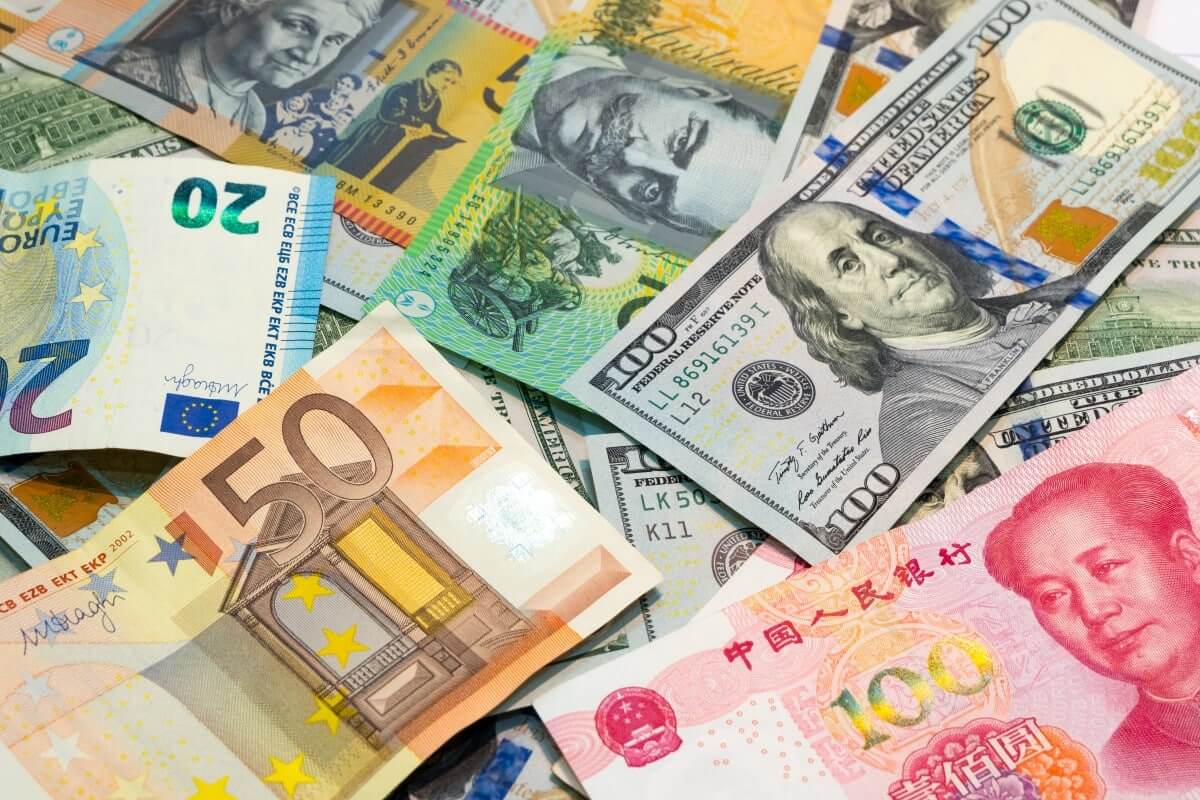
Euro hit a 20-year low while the dollar continues rallying
The euro tumbled down below parity to a 20-year low on Thursday as fears over an energy crisis and political turmoil in Italy dented demand for the common currency. On the other hand, the U.S. dollar got more support due to expectations of aggressive Federal Reserve rate increases.
On Thursday, Italian Prime Minister Mario Draghi’s coalition government risked collapse after one of its members, the 5-Star Movement, failed to support a parliamentary confidence vote, including measures to offset the cost of the current living crisis.
Furthermore, the European Commission cut its forecasts for economic growth in the euro area for this year and next. It also revised upward its estimates for inflation today, largely due to the impact of the ongoing war in Ukraine. The euro plummeted as far as $0.99520, hitting the lowest level since Dec. 2002. However, the dollar index skyrocketed to 109.29, the highest peak since Sept. 2002.
Shaun Osborne, the chief FX strategist at Scotiabank, noted that there’s clearly a broader preference for the greenback in the FX markets at the moment. That’s not surprising, considering the broader context of ongoing geopolitical uncertainty, as well as expectations of interest rate rises in the U.S. and the pressures in Europe from the energy supply situation.
Investors have ramped up bets that the U.S. Federal Reserve will be even more aggressive in raising rates after data on Wednesday showed that U.S. annual consumer prices soared by 9.1% in June. That’s the largest increase in more than four decades.
Currently, Fed funds futures indicate a 71% chance of a 100 basis points increase at the agency’s July 26-27 meeting, with a 29% chance of a 75 basis points hike also priced in.
The Japanese yen also dropped against the dollar. Why’s that?
The greenback surged forward to a 24-year high against the Japanese yen on Thursday. The Japanese central bank still maintains its dovish stance that contrasts with hawkish moves by central bank peers worldwide. The U.S. currency exchanged hands higher by 1.22% at 139.23 yen at last.
On Thursday, data showed that U.S. producer prices soared more than expected in June amid increasing costs for energy products. However, underlying producer inflation appeared to have jumped as well.
Meanwhile, the Canadian dollar plummeted a day after the Bank of Canada hiked its benchmark interest rate by a full percentage point. The bank surprised FX markets with its biggest rake increase since 1998.


